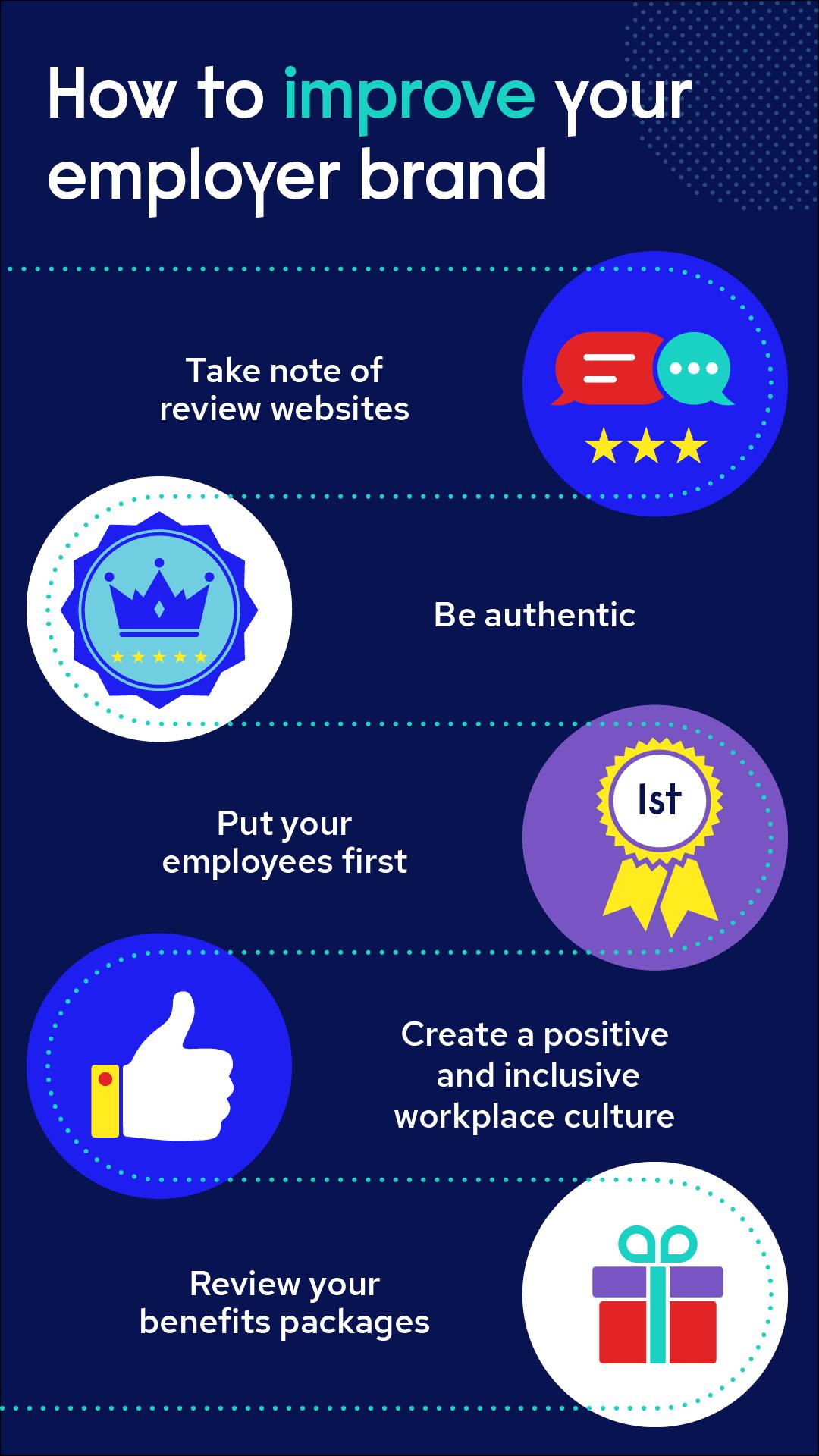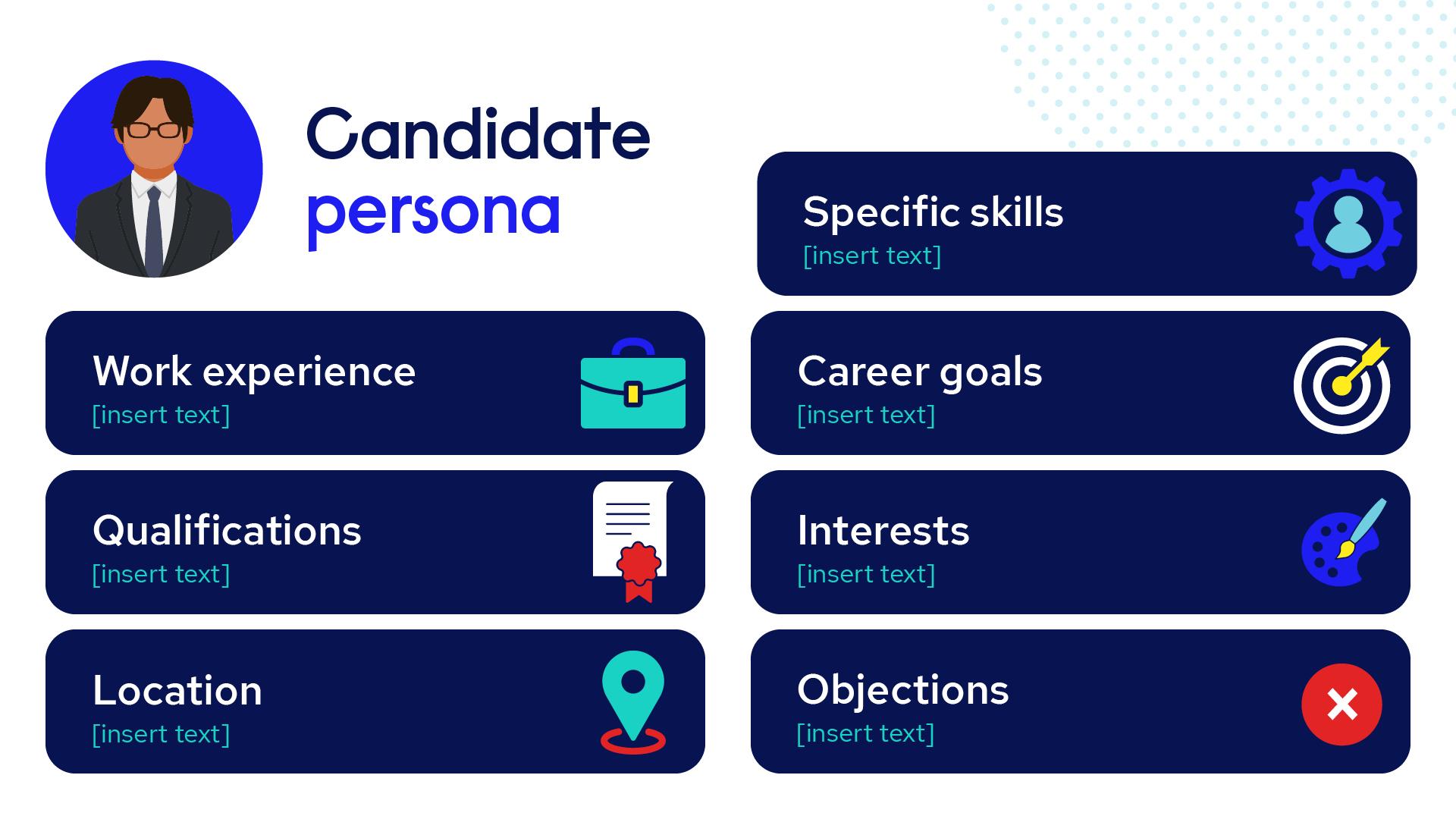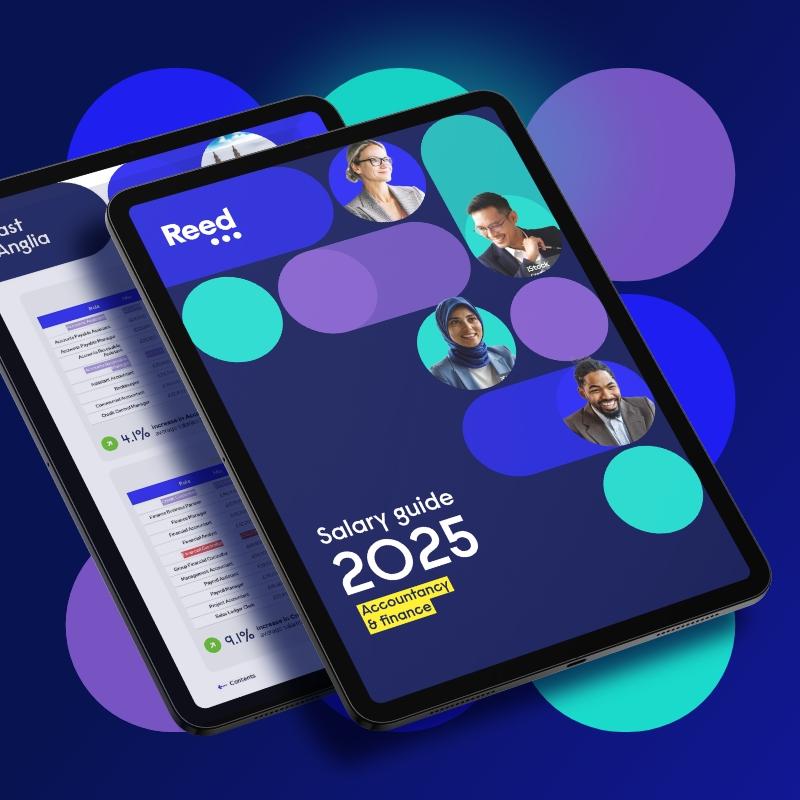Getting your recruitment strategy right is essential to business success. Taking a strategic approach to recruitment encourages your talent teams to view the hiring process as ongoing, rather than solely advertising a job and hoping that they receive the right applicants.
This method can result in a lengthy and costly hiring process, as well as more demand being placed on your teams, and additional strain on you and other hiring managers.
Recruitment strategies that are aligned to business objectives, are robust, and easily repeatable have the best chance of success. But how do you go about creating a great recruitment and talent sourcing strategy?
What is a recruitment strategy?
A recruitment strategy is a clear, formal plan that sets out how your business will attract, hire, and onboard talent. It should be tied to your overall company objectives and include your talent requirements and skills gaps, headcount planning, employee value proposition, recruitment marketing strategies, selection criteria, tools or technologies you plan to use, succession plans, and your recruitment budget.
Your recruitment strategies must be achievable and easy to communicate. While you can tweak your tactics, the strategy must always be clear.
Developing a sourcing strategy
A great recruitment strategy will have four core elements: growth and workforce planning, skills audit, strong focus on employer brand, and flexibility. By including these four elements, you will cover where the business is planning to go, what skills are needed to achieve that growth, how to effectively sell your company to potential employees, and ensure your business can easily adapt to the changing environment.
Growth and workforce planning
In order to scale up your workforce ready for the future, you’ll need to hire – which takes time and resources. The first thing you should do is look at what areas of the business you may need to scale up quickly, for example, if a new contract is won and additional resources are required, do you have the infrastructure and talent in place to account for this? By creating a measure to help you identify which areas of your business will benefit most from increased headcount, you can pinpoint where to focus on for the future and ensure that resources are distributed correctly.
You should also look at your existing workforce and how to maximise their potential. Hiring managers should regularly review their team’s performance, making sure that every member of the team is working effectively and efficiently. Are they getting the best out of their employees? Are they receiving training and development opportunities? Are teams structured in the best way to aid growth? Using this free talent matrix, managers can assess their team’s capabilities and find out how to maximise their potential.
Skills audit
Once you have established which areas of the business you want to grow, whether you need more employees to meet immediate targets or you’re planning for the future, you need to figure out what skills will be needed in those areas. These could be a mix of hard skills (such as specific qualifications, coding ability, computer skills, or project management) and soft skills (emotional intelligence, teamwork, resilience, or creativity).
You should also identify what skills your business is lacking and include this in your recruitment strategy. For example, if you don’t have anyone in your business with artificial intelligence knowledge or a strong creative marketing function, these are skills you will need to factor into your growth planning.
Whatever skills you are looking for, these need to be at the forefront of any recruitment strategy, and you must ensure that all hiring managers are aware so they know what to look out for when hiring. In order to effectively communicate this across the business, sharing your business objectives with the wider company, and holding management meetings where skills audits are discussed is essential.
Employer brand
Your employer brand is essentially the reputation your business has, particularly with jobseekers. Without a strong employer brand, your recruitment strategy may well be irrelevant. If you are looking to grow your business, you will need to attract the best professionals to drive that change and that is only achievable if you have a brand that professionals want to work for and can resonate with.
Here are five ways to improve your employer brand:

Take note of review websites. Websites such as Glassdoor have changed the way many people search for jobs, and if you are receiving negative reviews from your employees, this could cause serious damage to your employer brand. Make sure all reviews are responded to and look out for repeated negative comments that you could improve on – and, more importantly, implement these changes where possible.
Be authentic. Being authentic starts at the top. Do your leaders do what they say they are going to do? Are they open and honest with their team members? Do they encourage feedback and take on board the opinions of their workforce? All of these factors feed into the authenticity of a business and go a long way with gaining the trust of your staff and potential employees. If a new starter finds a discrepancy between what you say you offer and what you actually offer, this can lead to a sharp increase in attrition rates.
Put your employees first. People are the most important asset to any business, and companies that value and reward their employees will strengthen their employer brand.
Create a positive and inclusive workplace culture. The better your company culture, the happier and more productive your employees will be. Look out for the positive feedback you receive from employees on what they enjoy about the culture and make sure you promote these across your website, social channels, and job adverts.
Review your benefits packages. This is one of the most of important things jobseekers will look at when searching for work, in addition to the salary. Are you offering benefits that your employees desire? How do they stack up against your competitors? Are you effectively highlighting your offering on job adverts? Do you regularly review your package? Make sure you consider all these factors.
Flexibility
Flexibility is an essential part of your recruitment strategy. Not only do you need to be able to adapt your strategy to the changing market, but you also need to consider what long-term and short-term objectives you may have. Hiring temporary staff is an easy way to scale your teams up or down, accounting for seasonal changes or economic conditions, allowing you to recruit quickly when additional resource is needed.
Find out more about the benefits of employing temporary and contract workers in our free guide here.
Defining your goals
The goals of your recruitment strategy will vary depending on what stage your business is at and where you want to take it. You may not have the same recruitment goals if you are a startup or scaleup company as you will a global corporation.
You should first analyse where you stand in the market and your goals should form where you want to be and how you plan to get there - these need to be clearly defined SMART goals that are specific, measurable, achievable, realistic, and timely.
The goals within your recruitment strategy should be a combination of those designed to improve your recruitment process, as well as your wider business goals. You then need to look at how you will recruit to meet those targets.
Start by looking at your turnover rate – if you are hiring for the same positions repeatedly, your business is not growing. Do you need to improve your employee value proposition? Or do you have a great candidate offering, but are not promoting this effectively enough to jobseekers? Do you have a good online presence? Once you have set out the goals you wish to achieve to improve your recruitment processes, you can then consider your wider goals.
These wider goals will likely include the areas of the business you wish to grow. Are you considering branching out into e-commerce? If so, investing in top tech talent will be your ultimate goal. Are you wanting to rebrand your company? If so, you may want to consider growing your marketing function. If you want to bring a previously outsourced function in house to save costs, consider temporary/contractor workforce solutions.
How to forecast future hiring needs
There are many external influences, as well as internal, that you will need to consider when looking to forecast for your future hiring needs. You should assess the following:
Current and emerging national trends (market, political, socio-economic, environmental, cultural, and societal)
Business trends (ageing workforce, growing population, temporary market)
Tech developments
Planning for the unknown (for example Covid-19)
Upcoming contracts and business wins
New divisions
Skills gaps in your business
All the above will have an impact on your future hiring needs, but by analysing these factors, you can establish what areas of the business you may need to increase or downsize.
What’s your ideal candidate?
Every time a new role becomes available, creating a candidate persona will help you identify the right person when they come along. A candidate persona is a semi-fictional representation of your perfect candidate, based on research and data.
Start by gathering data on your existing employees. Ask them questions about their motivations, goals, skills, and interests, such as: ‘what skills do you think help you succeed in your job?’, ‘why did you apply to work at this company?’, and ‘what part of your job do you enjoy most?’.
After you have surveyed the people who do the job you are recruiting for, then speak to hiring managers. What skills do they look for? Do they find professionals from a certain industry perform better? Is sector experience more important than qualifications?
Once you have created your candidate personas, you and other hiring managers in your organisation will have a clear idea of what you are looking for and who and where to target.
Here is an example of a candidate persona and what you should include in it:

When to review your recruitment strategy
You should always be thinking about how you differentiate your company from your competitors, and how you can be a more attractive prospect for potential candidates.
Pay close attention to all aspects of the recruitment process and make tactical tweaks throughout the year when necessary – while still holding firm to your strategy.
You should review your overall recruitment strategy annually to make sure it ties in with your current business objectives and remember to communicate out any changes across the business so all hiring managers are singing from the same hymn sheet.
For more advice on recruitment processes, or to find your next talented employee, speak to one of our expert consultants today.




